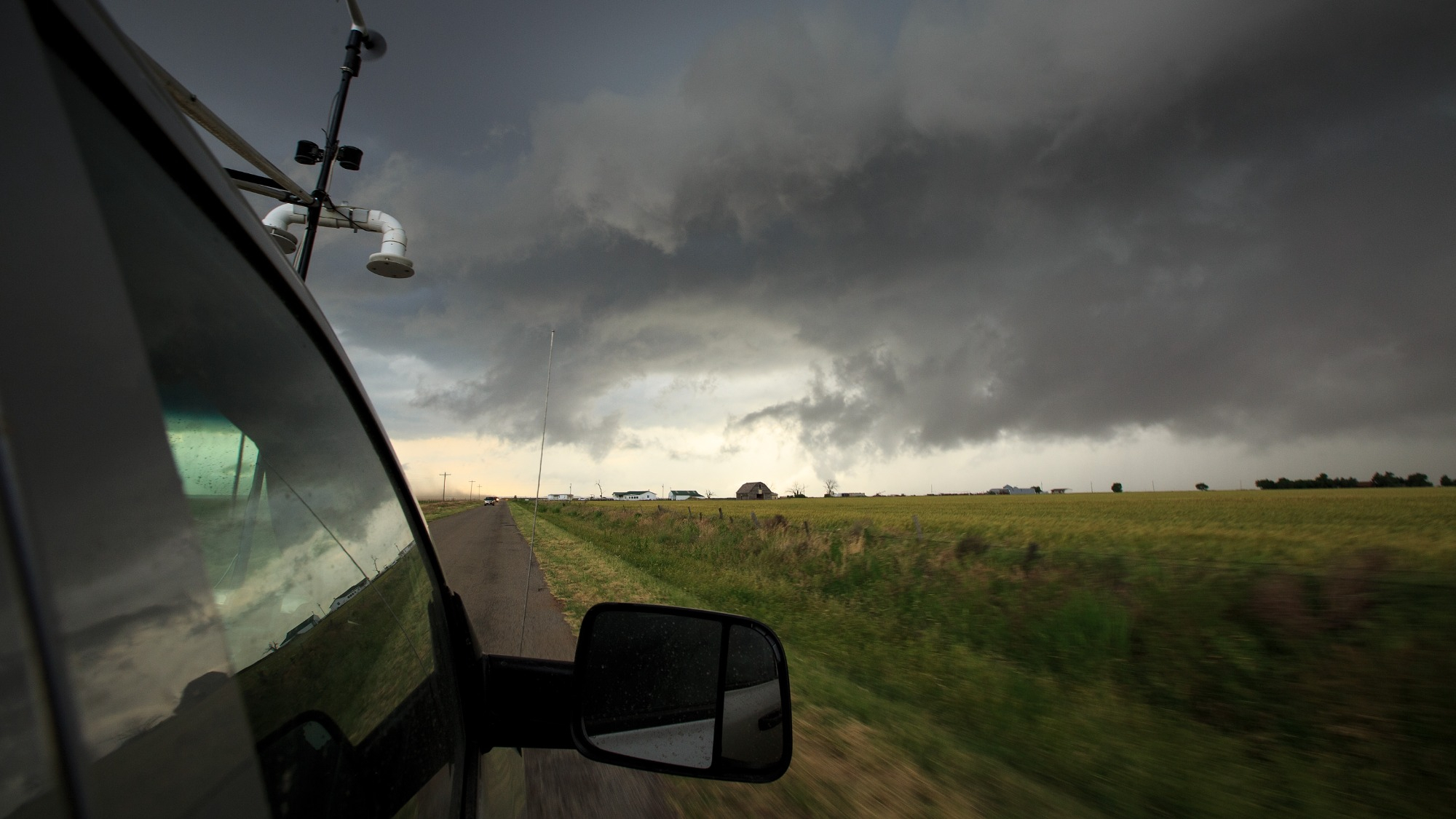

NOTE: This story has been updated to reflect an additional death from the tornadoes.
The 2023 tornado season continues to rage as several tornadoes touched down near the Oklahoma City metropolitan area on Wednesday night, killing at least three people, according to local authorities. Two of the fatalities were reportedly near Cole, Oklahoma, a town of about 600 people roughly 20 miles south of Oklahoma City. The number of injuries due to the storms is still being assessed.
[Related: Tornado outbreak killed dozens of people across the US this weekend.]
The severe weather included winds up to 70 miles per hour and ping-pong ball size hail. At least 13 tornadoes were reported in Oklahoma, Iowa, and Kansas during the evening hours on Wednesday. Of those reported storms, two tornadoes in Iowa and one in Kansas have already been confirmed. Oklahoma appears to be the hardest hit state with at least four confirmed tornadoes and 20,000 homes without power.
A large tornado was confirmed in Shawnee, a town of 30,000 about 60 miles east of Cole. The National Weather Service in Norman, Oklahoma said that that particular storm was moving “erratically” towards north Shawnee around 10 PM local time on Wednesday. Oklahoma Baptist University in Shawnee reported “significant” damage to its campus, but said no injuries had been reported. The university canceled classes for Thursday and Friday and said it was relocating students.
The Red Cross Oklahoma is opening up shelters in the central portion of the state for those affected by the storms.
On Thursday, the threat of severe storms is expected to shift east, with storms possible in eastern Texas, northwestern Louisiana, southeastern Oklahoma, southeastern Missouri, and a large swath of Arkansas.
Tornadoes can occur all over the world, but the United States sees more than any other country at an average of about 1,150 to 1,200 per year. The geography and climate in the US provides the key ingredients for rotating storms: cold and dry air mixing with warm and humid air.
This year has already been a deadly year for tornadoes. In March, a series of severe storms and a powerful EF-4 tornado in Mississippi’s Lower Delta killed at least 25 people and devastated the town of Rolling Fork, Mississippi. EF-4 tornadoes have top wind gusts of 166 to 200 miles per hour and represent only about two percent of all tornadoes.
[Related: Strong storms and strange weather patterns sweep the US.]
Earlier this month, at least 100 tornadoes were reported in a severe weather outbreak that struck Arkansas, Mississippi, Alabama, Tennessee, Iowa, Illinois, Wisconsin, Michigan, Delaware, Maryland, and New Jersey. At least 32 people were killed and towns were completely leveled.
The severe weather could only increase with climate change, but scientists are still not ready to declare that a warming planet means more tornadoes. A study published in January forecasts that by 2100, the average annual number of supercells—the large rotating storms that typically produce the most severe tornadoes—that hit the eastern part of the United States will increase by 6.6 percent.
To prepare for a tornado, the NWS recommends keeping an emergency kit stocked, following local weather reports, and practicing a tornado plan. During a storm, get to the lowest point in your home or building and stay away from windows until the storm passes.
